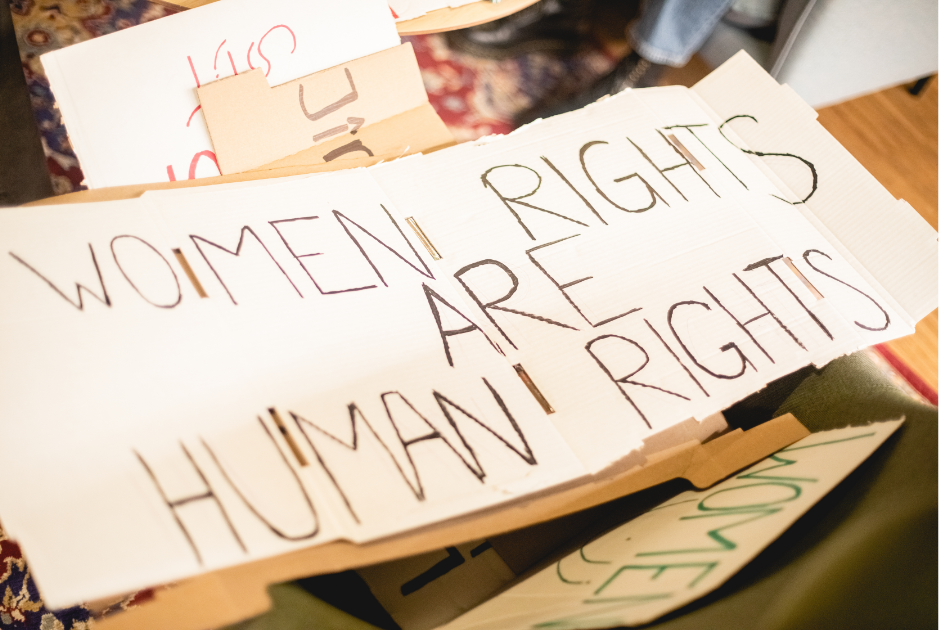Ever need proof about how we've changed the Earth? Check out what it looks like at night.
If you're ever in doubt that humanity is really, really powerful, you just have to look at the Earth at night.
All images from NASA Earth Observatory. Images by Joshua Stevens, using Suomi NPP VIIRS. Data from Miguel Román, NASA's Goddard Space Flight Center.
Thanks to orbiting NASA satellites, we can see just how much of the Earth we've lit up.
These aren't single images, however. They're each stitched together from thousands of observations. Every couple of years, NASA is able to pull enough together to publicly update the night map.
On April 13, 2017, NASA released their newest set of night maps.
Updated computer programs have made the images clearer than ever. NASA's software is now able to detect things like moonlight and auroras and filter them out of the composites.
Check out that big divide right through the United States.
The United States is the third most heavily populated nation on Earth, but you can clearly see how the West is still dominated by wild, open space.
Night maps are also just dang beautiful. I mean — wow, India.
The nation's become a glowing, beating heart jutting out right in the middle of the ocean. It'll get even brighter as more of its residents get access to electricity.
From above, it's easy to understand how much geography matters. Look at Egypt.
The Nile has been the lifeblood of the region for pretty much all of history, and even today, lights stay tightly wound around that mighty river.
The glow of New York has sprawled out, expanded, and merged with Philly and Boston.
It's almost blinding!
When you zoom out though, you can see there's still plenty of darkness out there.
The oceans make up a huge, dark, swath of the Earth, but you can also clearly see how deserts, jungle, and tundra still keep us at bay.
But the absolute greatest images released this year have to be those of the "Black Marble."
These composite images were stitched together to show a full hemisphere of the Earth. The clouds and breaking sun are a bit of visual flair by the artist.
You can't deny they add something ethereal to the whole thing.
If things go right, we could be able to see a lot more of these images in the near future.
Perhaps every month or maybe even every day. A team of researchers led by Earth scientist Miguel Román of NASA's Goddard Space Flight Center are planning to overhaul the whole system.
Since 2011, Román and his team have been developing new software that could make daily high-definition images available to the scientific community and public.
What's even cooler is these images are useful. For example, they could pinpoint who might need help after a natural disaster.
Imagine FEMA being able to monitor blackouts after a hurricane or earthquake. We could better monitor migrations or deliver aid to people who need it. In fact, a team at the United Nations has already used similar night-light data to monitor the war in Syria.
This technology could help us take better care of the people living on Earth all while appreciating the beauty of this planet we call home too.
In the end, we're still just lights in the dark. So let's take care of each other while we're here.





 What was I doing again?
What was I doing again? A space waitress at work.
A space waitress at work.  Waking Up Funeral GIF
Waking Up Funeral GIF Rihanna Nails GIF
Rihanna Nails GIF Yoga pants.Image via Canva.
Yoga pants.Image via Canva. Our natural lashes are nice just the way they are!
Our natural lashes are nice just the way they are! One step forward, many steps back. Image via Canva.
One step forward, many steps back. Image via Canva.  Homelessness is especially rampant on the West Coast.Image via Canva
Homelessness is especially rampant on the West Coast.Image via Canva